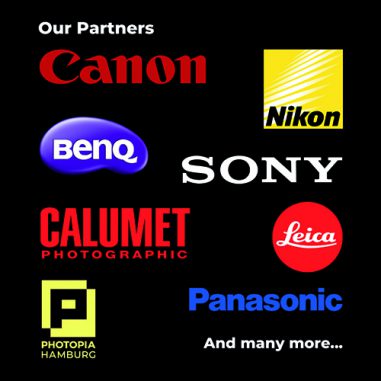Zeiss lenses come into play whenever extremely high image quality, reliability and excellent results are required. The shots of the 1969 moon landing were taken with Carl Zeiss lenses, as were numerous Oscar-acclaimed films, such as Barry Lyndon, The Lord of the Rings trilogy and Slumdog Millionaire. One of Germany’s best-known cameramen, Michael Ballhaus, has been working exclusively with ZEISS lenses for years. “Carl Zeiss’ latest cameras and lenses allow me to see on screen exactly what the eye sees,” says Ballhaus.
Several breakthroughs in optical systems were the work of physicist and mathematician Ernst Abbe. His discoveries are still the standard for today’s modern high-performance optics. Abbe’s “sine condition”, for example, has to be fulfilled by all high-performance lenses and optical systems. It is in this tradition that Carl Zeiss has continuously perfected its calculation methods, making it the world’s leading company in optics design.
Carl Zeiss was founded in 1846 in Jena as a workshop for precision mechanics and optics. In its early years, it manufactured microscopes almost exclusively. Ernst Abbe, a Carl Zeiss shareholder at that stage, later began to expand the product portfolio by developing photo lenses and binoculars. In the 1880s, Otto Schott had begun producing new types of glass with much-improved optical qualities. This innovation opened up new possibilities for Carl Zeiss and it started to develop lens types with hitherto unheard-of light gathering power.
In 1896 Carl Zeiss presented its Planar lens. This lens type is still found in many professional optical tools for photography on Earth and in space. The Planar is the foundation for a variety of Carl Zeiss high-performance lenses with impressive color correction, speed, image flatness and low image distortion.
In 1902, Carl Zeiss submitted a patent for what would eventually become the most famous photo lens of all time: the Tessar. This lens was characterized by a relatively high speed and, for the first time, could take extremely sharp pictures with very little optical effort. It paved the way for camera design miniaturization, a trend that continues today. Millions of lenses in contemporary, high-quality photo cameras and mobile telephones followed the Tessar’s example with its outstanding image quality.
In 1935, Carl Zeiss followed with another breakthrough invention that opened up new possibilities for brilliant imaging: This anti-reflex coating is denoted by the symbol T* on today’s lenses. This vacuum-deposited coating on the lens’s glass surfaces reduces bothersome reflections and stray light in the image, and paved the way for today’s highly complex optical systems.
In 1943, Carl Zeiss also developed a procedure to measure lens image quality with so-called “MTF” curves (modulation transfer function), which numerous manufacturers today use for quality control.
Carl Zeiss even played a pioneering role in computer aided lens design. The introduction of CAD-supported lens development in 1961 replaced lens design by hand and has enabled a far more complex construction and improved interaction between lens elements ever since.
Over the last 15 years, joint ventures with Sony and Nokia have allowed Carl Zeiss lenses to spread widely. Sony has been using Zeiss lenses in its compact cameras and camcorders since 1996. Since 2005, Nokia smartphone and mobile phone users have been taking photographs with integrated Zeiss lenses.





